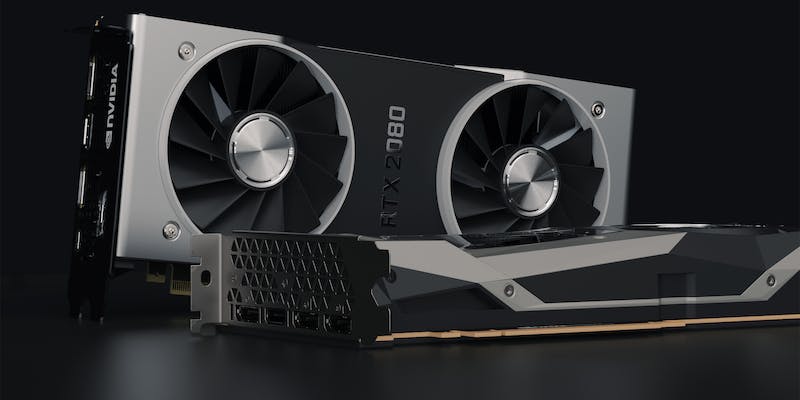AMD, the renowned semiconductor company, appears to be gearing up for the launch of new products based on its highly anticipated Radeon RX 7000 ‘RDNA 3’ GPUs. These potential offerings are believed to fall under the Navi 3X lineup, marking a significant leap forward in AMD’s graphics architecture. While details about the upcoming GPUs are scarce, a recent discovery around a shipping manifest has sparked speculation regarding AMD’s codenames and the integration of the Navi 32 GPU package into mobile variants.
Use of the ‘Cuarzo’ Codename
Intrigue has surrounded AMD’s use of a new codename, ‘Cuarzo,’ as revealed in a shipping manifesto. While this might hint at a branding strategy for the Navi 3X GPUs, it is important to note that the SKUs mentioned in the document do not provide any concrete evidence of imminent releases. Nevertheless, this revelation has sparked curiosity regarding the significance of ‘Cuarzo’ as a potential identifier for upcoming AMD products.
New Naming Categories – Cuarzo Rojo, Cuarzo Verde, and Cuarzo Azul
Within the ‘Cuarzo’ codename, AMD seems to have established three distinct categories: Cuarzo Rojo, Cuarzo Verde, and Cuarzo Azul, translating to Red Quartz, Green Quartz, and Blue Quartz, respectively. These names suggest AMD’s intention to differentiate different variations of their RDNA 3 GPUs, potentially denoting varying performance levels or market segments.
Lack of Indication for New Releases
Despite the excitement surrounding ‘Cuarzo’ and the new naming pattern, it is crucial to temper expectations, as the SKUs listed in the shipping label do not indicate any specific products in the pipeline. As enthusiasts eagerly await further information, it is worth remembering that speculation should be approached with caution until additional details emerge.
Possible Integration of Navi 32 GPU Package in Mobile Variants
One assumption circulating in the tech community is the possible integration of the Navi 32 GPU package into mobile variants. However, it is important to recognize that this is currently nothing more than a rumor. No concrete evidence or leaks have surfaced to substantiate these claims.
Uncertainty Surrounding the Rumor
Acknowledging the speculative nature of integrating the Navi 32 GPU package into mobile variants is crucial. Though the idea has gained traction, it remains an unconfirmed rumor without solid evidence. It is prudent to approach such speculation cautiously until AMD provides official confirmation or more substantive information emerges.
Filling the Gap between Navi 33 and Navi 31 Mobile SKUs
Should the above-mentioned rumor hold any weight, integrating the Navi 32 GPU package into mobile variants could serve to bridge the gap between existing mobile SKUs, specifically Navi 33 and Navi 31. By introducing a new GPU package, AMD would ensure a continuum of performance options for portable devices, catering to varying user needs and preferences.
A notable aspect of this potential development is the apparent shift in AMD’s codenaming strategy. In the past, AMD has utilized fish codenames to designate its graphics products, such as ‘Navi’ itself. However, if the ‘Cuarzo’ codename proves true, it suggests a transition from fish to crystalline rock-inspired identifiers. This shift reflects AMD’s evolving branding approach and adds fresh intrigue to their upcoming product lineup.
Familiarity with AMD’s Track Record
Given AMD’s history of adopting similar strategies, the rumored integration of the Navi 32 GPU package into mobile variants aligns with the company’s past moves. AMD has displayed a knack for promptly addressing market gaps and consumer demand with aptly timed product releases. Therefore, while unconfirmed, the notion of such an integration should not come as a surprise to industry observers.
The potential release of AMD’s Radeon RX 7000 ‘RDNA 3’ GPUs under the Navi 3X lineup has generated substantial excitement among tech enthusiasts. While the recent revelation of the ‘Cuarzo’ codename and its three corresponding categories adds fuel to the anticipation, it is essential to approach these developments with caution until AMD finalizes their plans and releases official information. Nevertheless, as fans eagerly await further news, the prospect of upcoming AMD products and future codenames remains an enticing possibility in the ever-evolving world of graphics technology.

